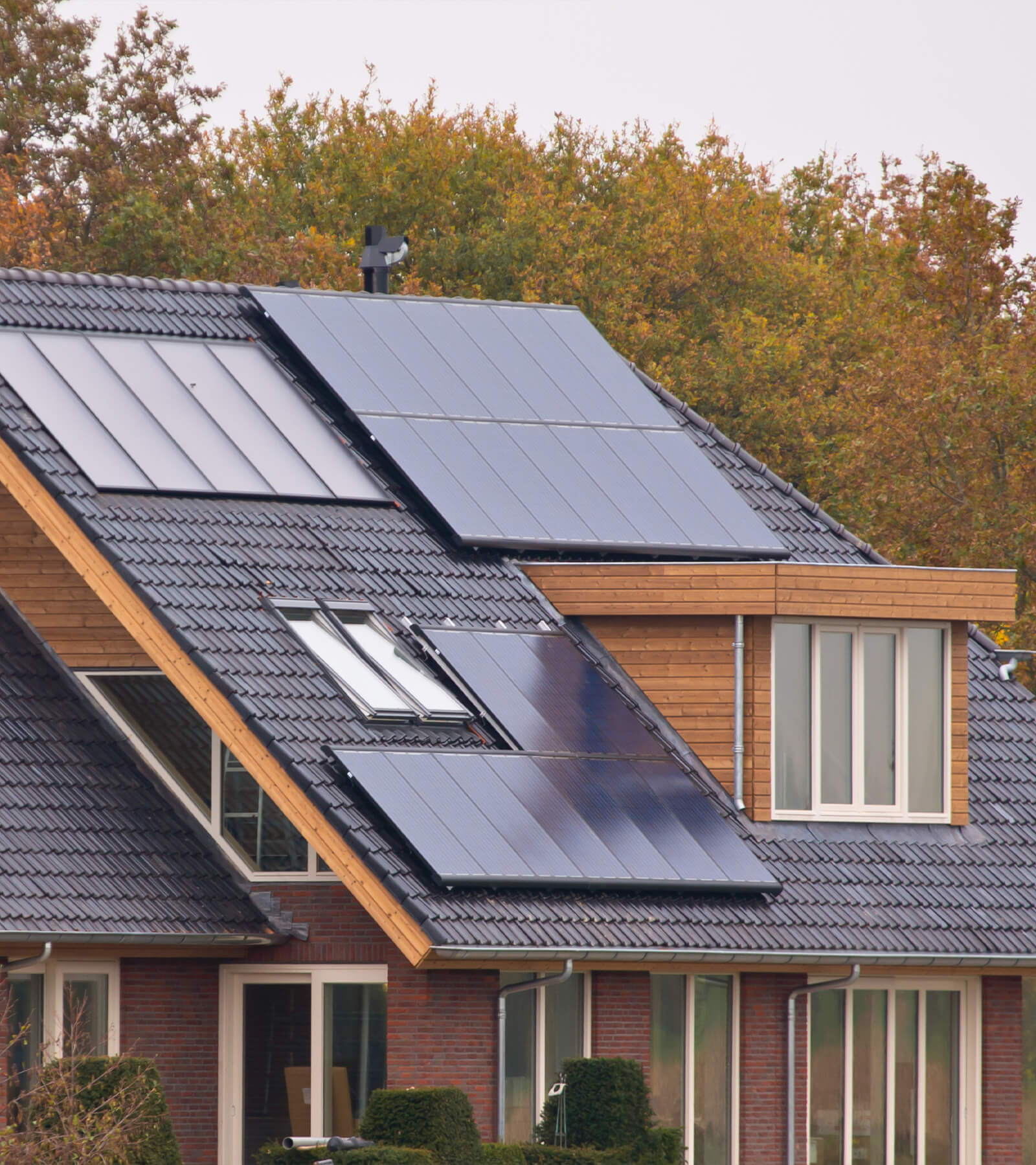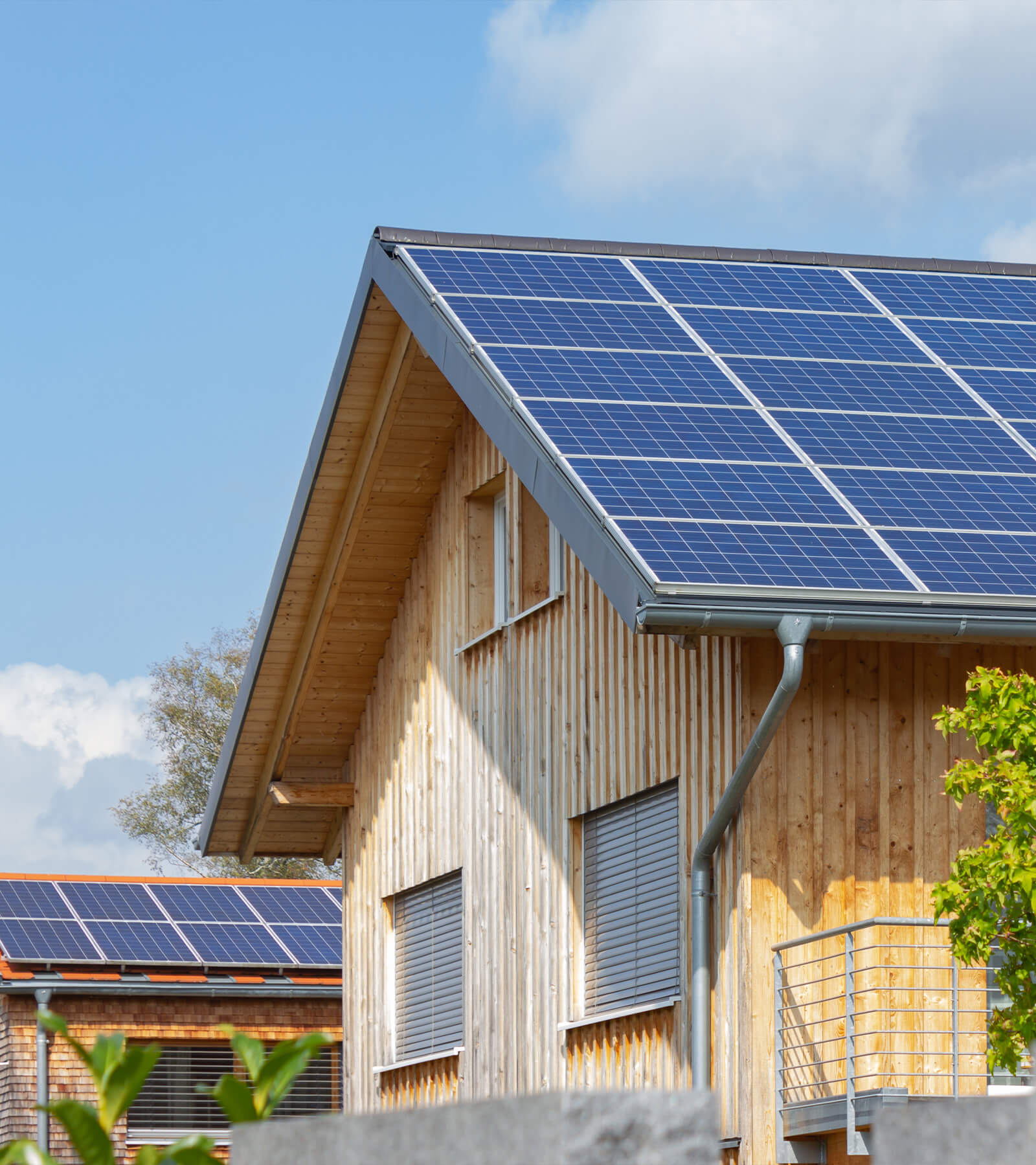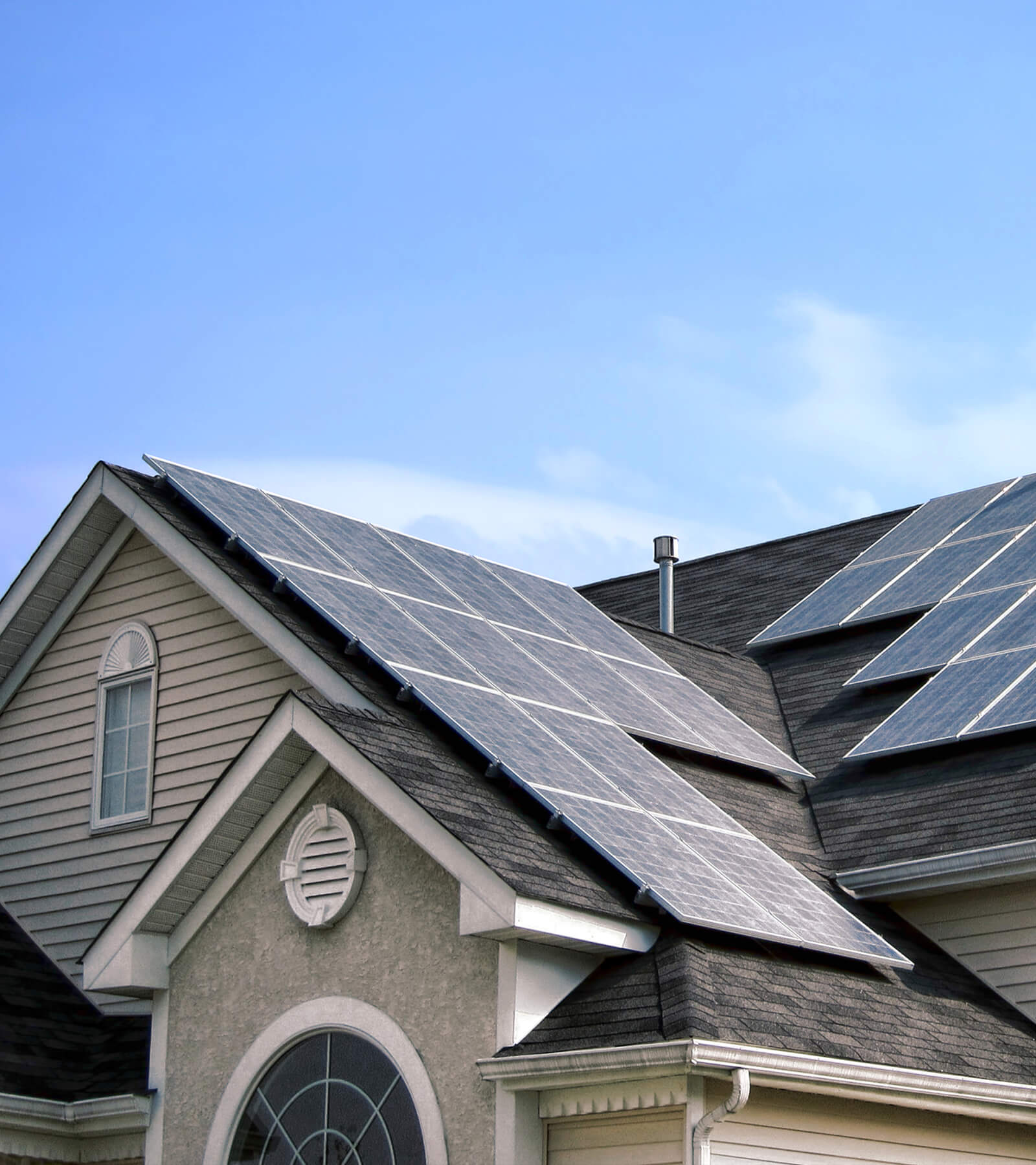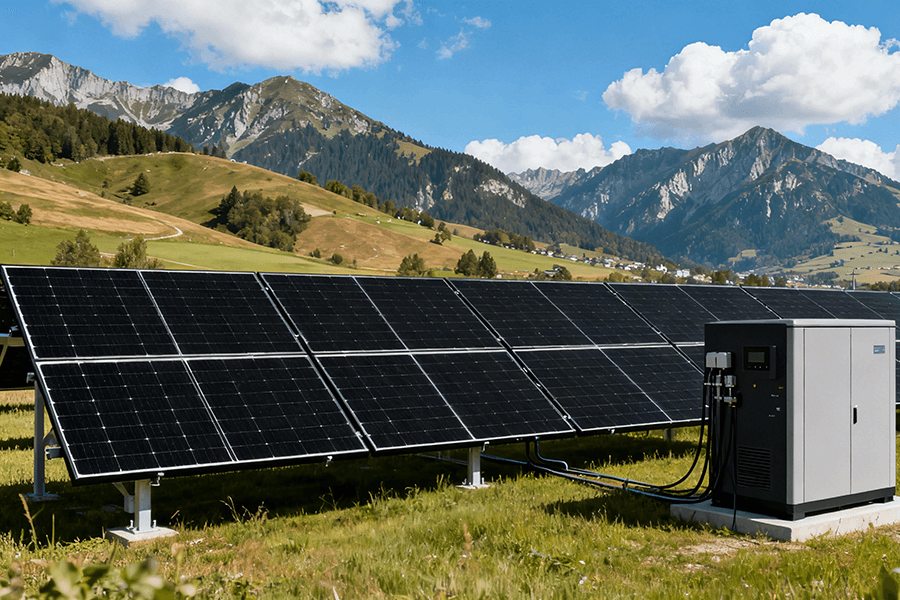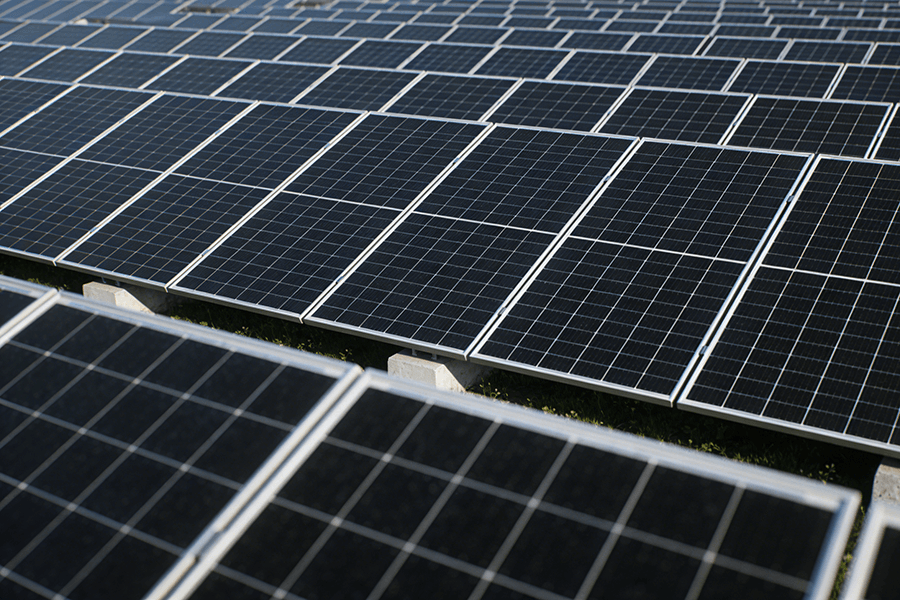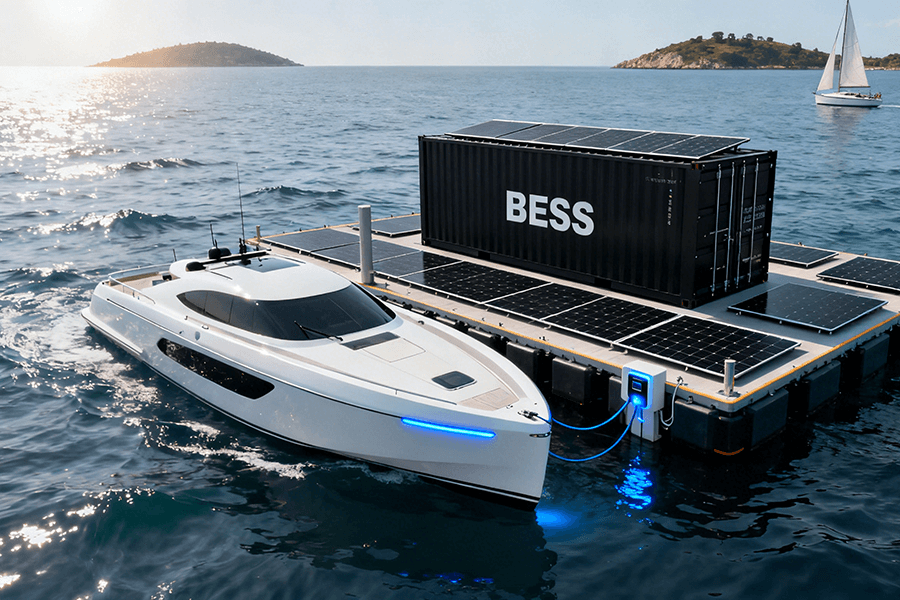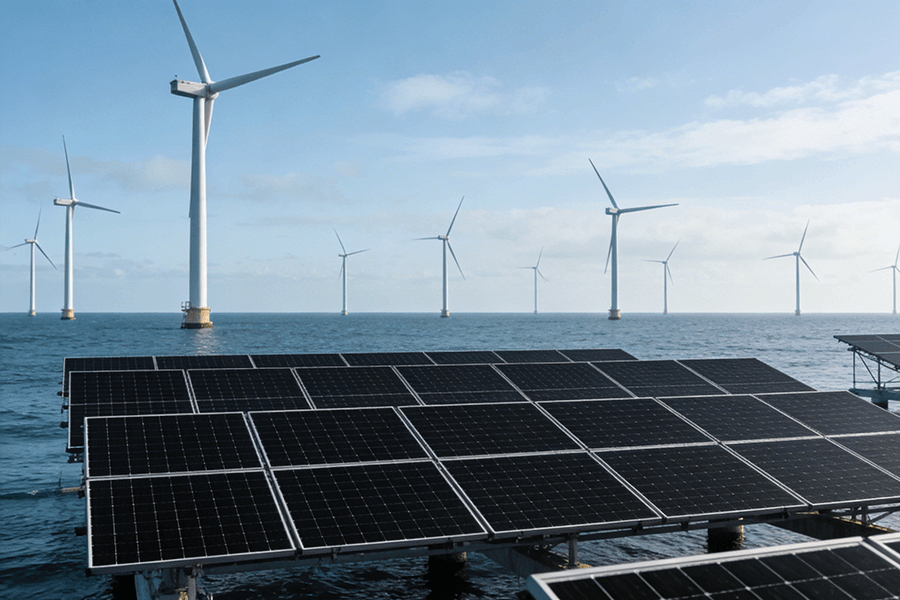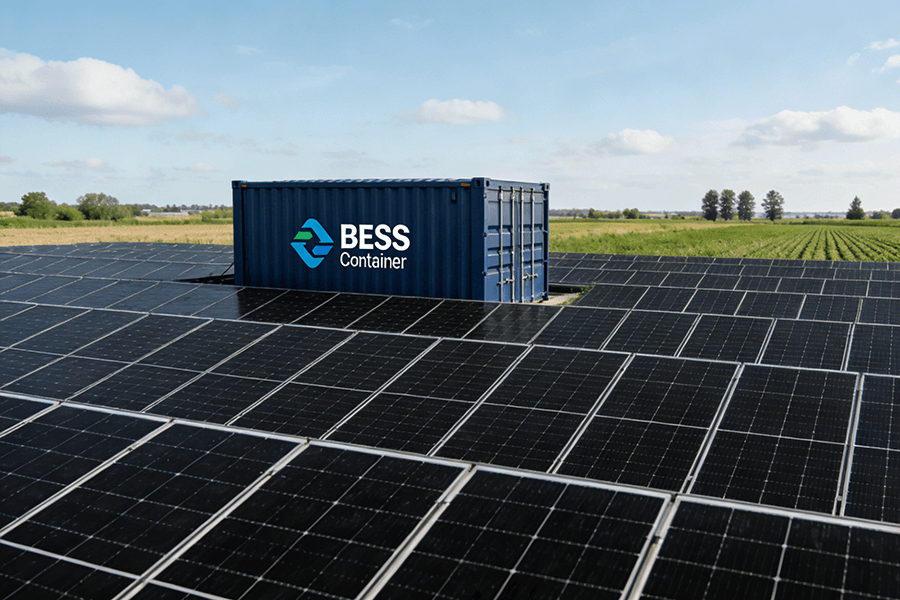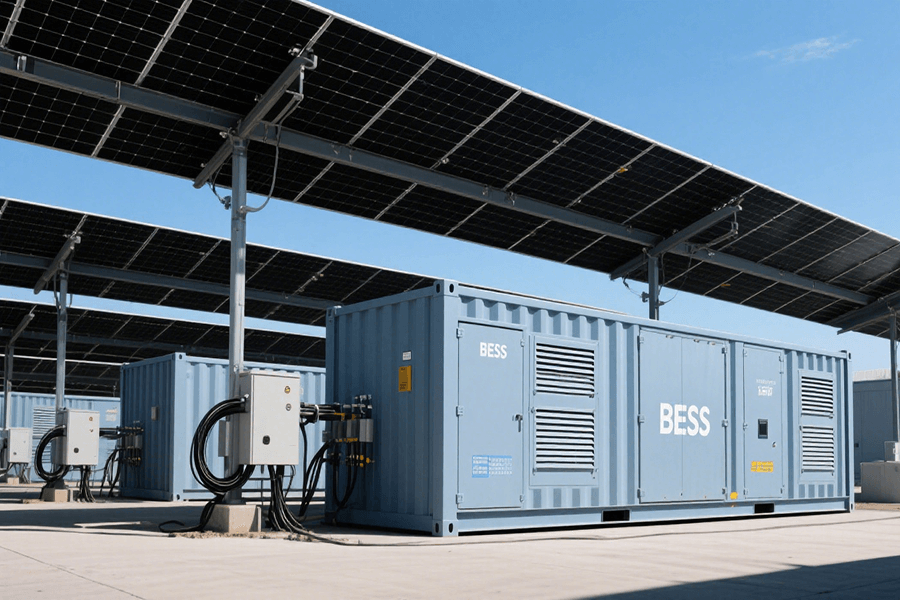
Introduction
Hey there, energy enthusiasts! Let’s take a closer look at the EU’s energy storage market, which is evolving at an astonishing pace. Imagine this market as a vibrant, high-energy festival, and at the heart of the stage, stealing the spotlight, are Lithium Iron Phosphate (LFP) batteries. They’re not just minor performers making a brief appearance; they’re the star attractions that everyone has come to see.
Industry forecasts are truly remarkable. By 2025, these LFP powerhouses are projected to dominate a staggering 70% of the EU energy storage market share. To put this into perspective, consider the table below, which showcases the projected market share distribution among different battery chemistries:
| Battery Chemistry | Projected Market Share in 2025 |
|---|---|
| Lithium Iron Phosphate (LFP) | 70% |
| Lithium Nickel Manganese Cobalt Oxide (NMC) | 15% |
| Lithium Nickel Cobalt Aluminum Oxide (NCA) | 8% |
| Others | 7% |
What Makes LFP Batteries the Undisputed Favorites?
LFP batteries stand out from the crowd for several compelling reasons. Unlike some temperamental battery chemistries that require meticulous handling, LFP batteries excel as versatile multitaskers. Their consistent and reliable performance spans a broad spectrum of applications:
- Consumer Electronics: Powering smartphones, laptops, and other portable devices
- Renewable Energy Storage: Supporting large-scale solar and wind energy projects
Three key features set LFP batteries apart:
- Stable Power Output: Ensures consistent energy delivery
- Extended Lifespan: Offers significantly more charge-discharge cycles
- Enhanced Safety: Reduces the risk of thermal runaway and other hazards
The Role of BESS Containers
Even the most advanced batteries need a suitable platform to shine. This is where Battery Energy Storage System (BESS) Containers come into play. These portable, plug-and-play units serve as the workhorses of the energy storage industry, transporting LFP batteries to where they’re needed most.
Key Advantages of BESS Containers
- Flexibility: Easily customized to meet diverse energy storage needs
- Scalability: Adaptable for both small-scale and large-scale deployments
- Integrated Technology: Equipped with advanced monitoring and control systems for optimal performance
The Dynamic Duo Transforming the EU Energy Landscape
The combination of LFP batteries and BESS containers is revolutionizing energy storage in the European Union. This powerful pairing demonstrates that sustainability and scalability can coexist, challenging traditional approaches to energy management.
Impact on the Energy Sector
- Cost Reduction: Drives down the overall cost of energy storage solutions
- Renewable Energy Adoption: Facilitates the integration of solar and wind power
- Sustainable Future: Brings us closer to achieving a cleaner, more sustainable energy ecosystem
Core Analysis 1: Material Advantages—Tough as Nails, Green as Grass
Let’s dive deep into the remarkable material superpowers of Lithium Iron Phosphate (LFP) batteries, shall we?
Recycling Prowess: A Circular Economy Dream
LFP batteries stand as the gold standard in recyclability within the battery realm. With an astonishing 95% recyclability rate, they set a new benchmark, leaving other battery chemistries in the dust. To put this in perspective, consider the lifecycle of an LFP battery: after decades of reliable service, it can be disassembled and repurposed into brand-new battery cells. This closed-loop process minimizes waste and reduces the environmental footprint significantly.
For comparison, traditional battery chemistries often end up in landfills, contributing to environmental degradation. The recyclability of LFP batteries is a game-changer, aligning perfectly with the EU’s push for a circular economy and sustainable practices.
Unmatched Longevity: A Marathon Runner Among Batteries
When it comes to endurance, LFP batteries truly shine. They can withstand an impressive 6,000+ charge-discharge cycles, a feat that outclasses many of their counterparts. To illustrate this in real-world terms, imagine running a marathon every single day for 16 years without showing signs of fatigue. That’s the kind of stamina LFP batteries bring to the table.
In contrast, Nickel Manganese Cobalt (NMC) batteries, a common alternative, typically reach the end of their lifespan around the 3,000-cycle mark. This significant difference in longevity has far-reaching implications for EU utilities. With LFP batteries, they can enjoy:
- Reduced Replacement Costs: Fewer battery replacements mean lower capital expenditures over time.
- Minimal Maintenance: Less frequent upkeep translates to reduced operational costs and less downtime.
- Long-Term Reliability: A storage system that lasts longer than the average office equipment, providing stability and predictability.
| Battery Type | Approximate Charge-Discharge Cycles | Lifespan Comparison |
|---|---|---|
| LFP | 6,000+ | Exceptionally Long |
| NMC | ~3,000 | Relatively Shorter |
Safety First: A Stable and Reliable Choice
Safety is a paramount concern when it comes to energy storage, and LFP batteries excel in this area. Unlike some battery chemistries that rely on cobalt and nickel—elements that can pose risks of overheating and thermal runaway—LFP batteries have a more stable chemical composition. This inherent stability makes them less prone to catching fire or experiencing dangerous temperature spikes.
In essence, LFP batteries are the reliable neighbors of the battery world—calm, stable, and low-maintenance. They require less intensive monitoring compared to high-strung alternatives, making them an ideal choice for a wide range of applications, from residential energy storage to large-scale grid projects in the EU.
Core Analysis 2: Cost Parity—More Bang for Every Euro
Let’s talk numbers—the kind that can turn financial projections into cause for celebration. In 2025, the average Levelized Cost of Energy Storage (LCOES) for Lithium Iron Phosphate (LFP) Battery Energy Storage Systems (BESS) stands at approximately €120/kWh. In stark contrast, Nickel Manganese Cobalt (NMC) battery systems maintain a significantly higher price point, lingering around €150/kWh. This 20% cost advantage is compounded by LFP’s extended lifespan, which outperforms NMC batteries by a factor of two.
To put this into perspective, consider the following:
| Battery Type | Cost per kWh (2025) | Lifespan (cycles) | Cost per Cycle |
|---|---|---|---|
| LFP | €120 | 6,000 | €0.02 |
| NMC | €150 | 3,000 | €0.05 |
This isn’t just a cost-saving measure; it’s a strategic investment. Choosing LFP batteries is like securing a Tesla with complimentary lifetime charging—except this groundbreaking deal has far-reaching implications for entire energy grids.
Chemical Composition: The Key to Cost Advantage
The price disparity between LFP and NMC batteries can be largely attributed to their chemical compositions.
- LFP Batteries: Eschew the use of cobalt and nickel, two materials notorious for their volatile market prices, which are often subject to geopolitical tensions. Instead, they rely on iron and phosphate, two of the most abundant elements on Earth.
-
- Abundance Facts:
-
-
- Iron ranks fourth in terms of elemental abundance in the Earth’s crust.
-
-
-
- Phosphate reserves are so vast that they are often compared to the humble potato in terms of their availability.
-
- NMC Batteries: By contrast, rely on more expensive and less stable materials, driving up production costs.
A Milestone for EU’s Carbon Neutrality Goals
For EU countries committed to achieving carbon neutrality by 2050, this cost parity represents a significant turning point.
Financial Savings Breakdown:
- Installing a 100 MWh storage system with LFP batteries results in an immediate cost reduction of €3 million.
Reinvestment Opportunities:
- This freed-up capital can be redirected towards:
-
- Renewable Energy Expansion: Installation of additional solar panels and wind turbines.
-
- Infrastructure Improvements: Upgrading workplace amenities, such as installing state-of-the-art office coffee machines.
Case Study: Italy’s 2025 LFP BESS Project—Proof in the Pudding
The LFP BESS Container Revolution Unfolds in Puglia, Italy
2025 has emerged as a pivotal year in the global energy storage landscape, marking not only the widespread market dominance of Lithium Iron Phosphate (LFP) technology but also the inauguration of a groundbreaking 50 MWh LFP Battery Energy Storage System (BESS) Container project in the sun-kissed region of Puglia, Italy. This strategic initiative is designed with a dual-purpose mandate: to efficiently capture and store excess solar energy generated during peak sunlight hours and to fortify the regional power grid by stabilizing voltage fluctuations and managing peak demand periods. Conceptually, the BESS container functions as a colossal, high-tech energy reservoir—an advanced “sunshine piggy bank” that safeguards renewable energy for times when it’s most needed.
Unrivaled Technical Advantages
What sets the Puglia LFP BESS Container project apart is its remarkable 20-year lifespan, a feat that outpaces most traditional energy storage solutions. To put this into perspective:
- Longevity Comparison: The average mortgage term in Italy ranges from 15 to 30 years, while the project’s lifespan exceeds the typical tenure of multiple government administrations. In contrast, neighboring sites utilizing Nickel Manganese Cobalt (NMC) battery systems would require at least two full replacements within the same 20-year period.
- Cost Implication: Each NMC battery replacement incurs significant expenses. Conservative estimates suggest that taxpayers would bear an additional €1.5 million in cumulative replacement costs over two decades, underscoring LFP’s long-term economic viability.
Transformative Impact on the Local Energy Ecosystem
Since its deployment, the Puglia project has delivered tangible and far-reaching benefits:
- Grid Stability: Real-time monitoring data reveals a 40% reduction in grid instability, ensuring a more reliable and consistent power supply for local communities and industries.
- Fossil Fuel Displacement: During periods of low solar irradiance, such as cloudy days or seasonal changes, the LFP BESS container has effectively minimized the region’s reliance on fossil fuel-powered backup generators, contributing to a substantial decrease in greenhouse gas emissions.
- Socio-Economic Benefits: Beyond its environmental merits, the project has catalyzed local economic growth by creating jobs across various sectors, including installation, maintenance, and system management. It stands as a living testament that LFP BESS technology is not a theoretical concept but a practical, scalable solution that can be implemented today to drive sustainable energy transitions.
In essence, the Puglia LFP BESS Container project serves as a blueprint for future energy storage initiatives, demonstrating that with the right technology, regions can achieve energy resilience, economic development, and environmental stewardship in harmony.
Conclusion: LFP BESS Containers—The EU’s Energy Storage MVP
Let’s wrap this up: LFP BESS Containers aren’t just a trend—they’re the EU’s ticket to affordable, long-lasting energy storage. With their unbeatable recyclability, marathon-worthy lifespan, and budget-friendly price tags, they’re outperforming traditional lithium-ion systems in every category that matters. The Italian project isn’t an exception; it’s a preview of what’s coming to Germany, Spain, and beyond.
And here’s where we (Maxbo Solar) come in. At www.maxbo-solar.com, we’ve been geeking out over LFP long before it was cool. We design and deploy LFP BESS Containers that are:
- Tough enough for the harsh conditions of the Alps
- Efficient enough to harness the Mediterranean sun
- Tailored precisely to the EU’s unique grid needs
Whether you’re a utility looking to stabilize a wind farm or a community wanting to store solar power, we don’t just sell containers—we deliver energy peace of mind.
So, what are you waiting for? The future of EU energy storage is here, and it’s got “LFP” written all over it. Swing by our website, drop us a line, and let’s build something that outlasts the next 20 years (and maybe even that office printer).

